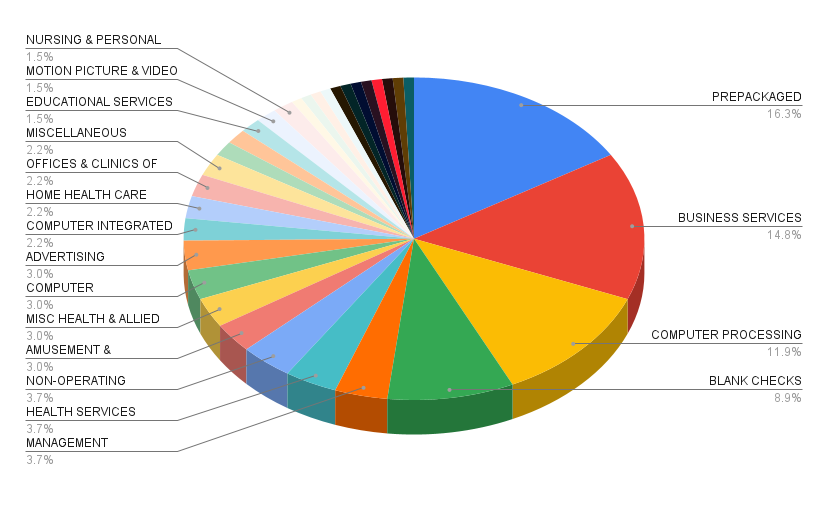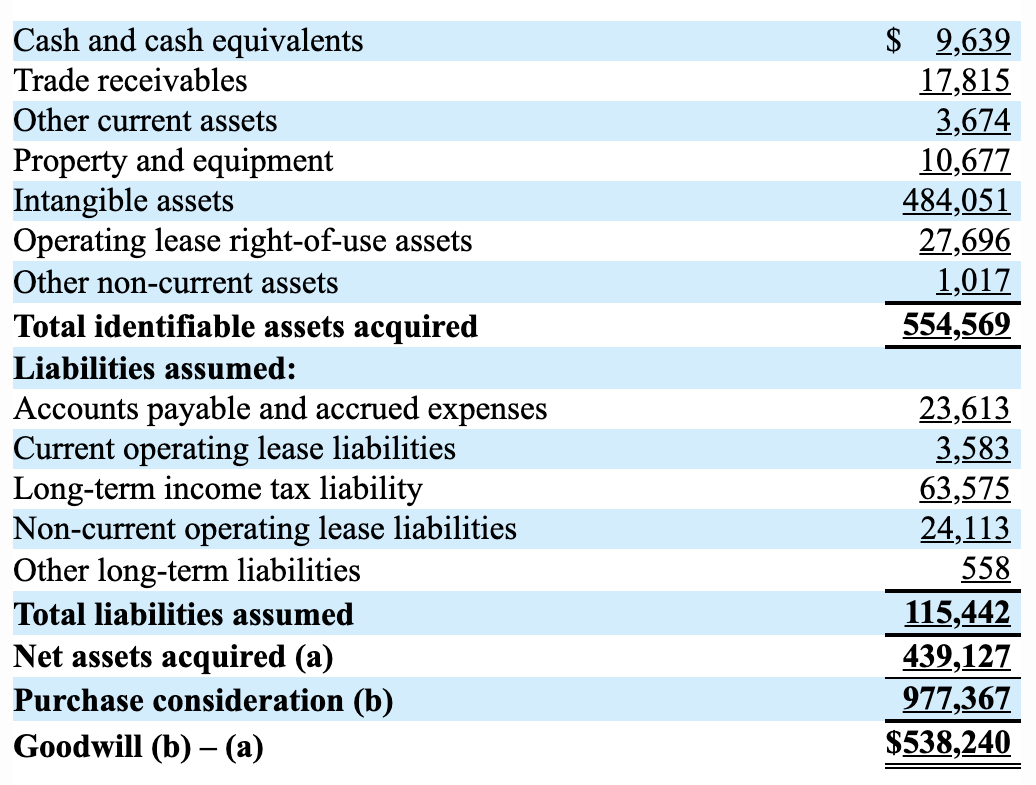We have one more post about SPACs today to explore the final phase of existence for these firms: what happens to a special purpose acquisition company after it acquires an operating company. Or, more simply — where do SPACs go after they die?
A fair number of them go into the software and tech sectors, apparently.
The crack Calcbench research team examined 135 SPACs to see what operating businesses they acquired, and what the balance sheets of those resulting firms looked like. Of those 135 firms, 22 “de-SPACed” into prepackaged software businesses and another 16 went into computer processing and data preparation.
Following a SPAC firm into the operating company beyond isn’t easy, because once the SPAC acquires the target, it ceases to exist. No longer do you have a ticker symbol or other standard identifier that would let an analyst follow the SPAC from its prior form into the new one.
But as a matter of standard procedure, Calcbench does assign a unique identifier to every registrant in our database, SPACs included. So we can follow along and see which operating companies today were SPACs in the past. By examining the resulting firm’s new SIC code, we can see which industries were most popular with SPACs as the SPACs acquired their way into operating company status.
Figure 1, below, is the breakdown for the 135 SPACs we studied. As you can see, the picture quickly gets messy. After prepackaged software, business services, and computer processing, most other industries have only a handful of SPACs entering their lines of work.

Where the Money Goes
We were also curious to see how de-SPAC transactions work in specific instances. So we looked at Diamond Eagle Acquisition Corp., which acquired both online sports betting company DraftKings ($DKNG) and sports betting technology firm SBTech at the same time in April 2020.
Prior to the acquisitions, Diamond Eagle had about $400 million in its coffers to make an acquisition. Executives there struck a deal to acquire DraftKings and SBTech at the end of 2019, and part of the deal included several institutional investors pumping another $304 million into the resulting public company in exchange for stock. That’s known as a PIPE deal (private investment in public equity) and they’re a common part of de-SPAC transactions.
The accounting for de-SPAC transactions, however, is tricky. Essentially, accounting rules treat DraftKings as the acquiring firm, which scooped up both Diamond Eagle and SBTech. So there is no purchase price allocation one can examine to see what the SPAC paid for DraftKings.
Rather, Diamond Eagle and the PIPE investors pumped a total of $704 million into DraftKings and SBTech, and the resulting public company had $1.82 billion in cash on the balance sheet at the end of 2020. (Up from only $76.5 million in 2019.)
On the other hand, DraftKings also acquired that other business, SBTech — and we do have a purchase price allocation for that one. If you look at the Business Combinations disclosure that DraftKings included in its 10-K from May 3, you find this:

In other words, DraftKings (or Diamond Eagle and its PIPE investors, depending on your point of view) paid $977 million to acquire SBTech, and $538 million of that sum (55 percent) went to goodwill.
You can conduct similar research yourself using our Interactive Disclosures page to research business combinations, with some assistance from the Company in Detail page to analyze the balance sheet.
And if you want more information about tracing SPACs from their pre-acquisition life to post-acquisition existence as a new operating company, using our Calcbench identifier, just drop us a line at info@calcbench.com and we’re happy to help you out.